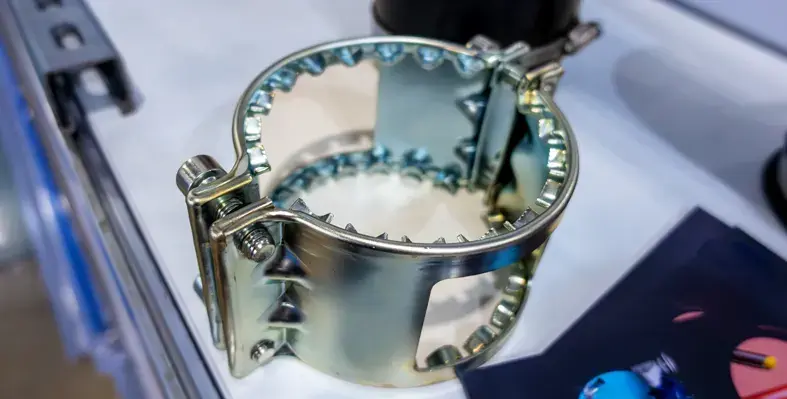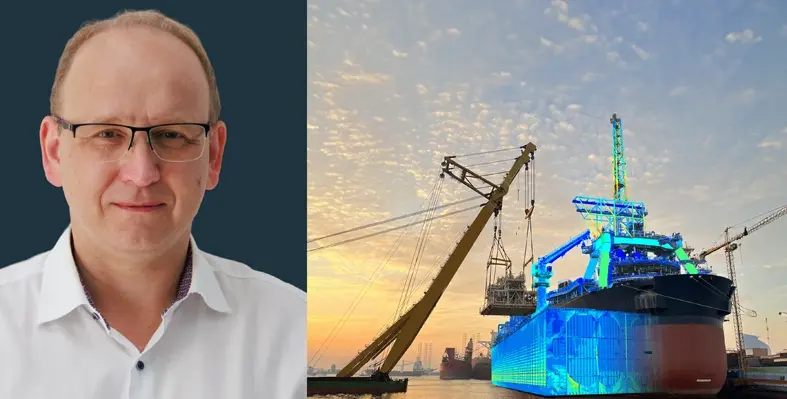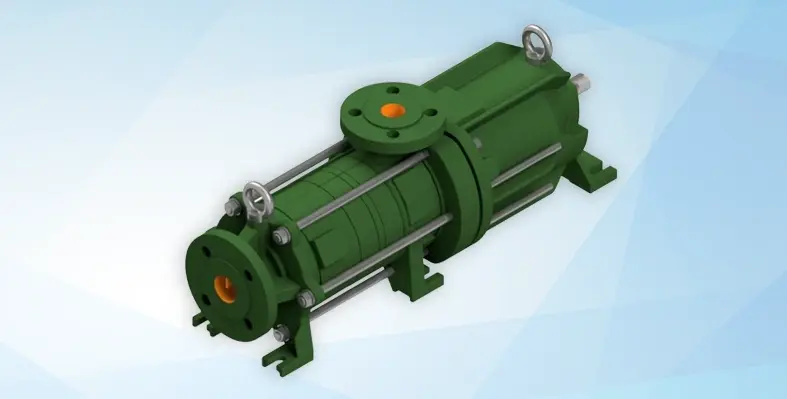
Ben Cannell, innovation director at Aquaterra Energy. (Image source: Aquaterra Energy)
Offshore engineering solutions provider Aquaterra Energy has launched well re-entry and re-abandonment services along with its new patent-pending recoverable abandonment frame (RAF)
The combined solution will address challenges in locating, re-entering and re-abandoning legacy wells that penetrate, or pass through, offshore oil and gas reservoirs or saline aquifers that have been earmarked to be repurposed for carbon dioxide (CO2) or hydrogen storage.
The significant economic and technical challenges of re-abandoning problematic legacy wells that pose a leak risk beneath the seabed could derail many carbon capture and storage (CCS) and hydrogen storage projects, that intend to use previously penetrated oil and gas or saline aquifer formations. Technical challenges such as traditional relief well drilling could be infeasible in shallow intersects or where azimuth and depth are unknown.
Excavation methods require enormous amounts of material to be removed and may also fail to isolate re-abandonment loading from the compromised legacy well, meaning both methods may fall short in addressing technical, environmental, safety, and regulatory issues effectively.
Aquaterra Energy’s solution overcomes these challenges by employing advanced seabed and subsurface surveying technologies, well imaging, marking, and tagging to precisely locate wells. This allows the RAF to adjust to an exact well position and install conduits below the seabed to re-engage the legacy well and then back to the surface to allow for successful re-abandonment via a vertical well re-entry tieback method. Crucially the RAF also protects the legacy well components from environmental, lateral and axial loading generated by wave action on the tieback conduits and the re-abandonment operation itself.
RAF to address energy transition
George Morrison, CEO at Aquaterra Energy, said, “The introduction of the RAF and our re-entry services illustrate our strategy of pivoting decades of offshore expertise to address the wider challenges of the energy transition. Our team is committed to innovating and taking on the tough issues, ensuring that carbon and hydrogen storage can be effectively delivered as part of our broader commitment to driving the energy transition forward.”
The technology is intended for repeated use across multiple wells or locations with flexibility built in for differing seabed conditions. Its modular design allows for shipping worldwide or road transport for quayside assembly. This could enable the effective abandonment or re-abandonment of wells that may not have been previously possible, while also significantly lowering costs, saving operators £18-20 million per abandoned well - an estimated 80% reduction in comparison to other methods currently deployed. The approach could also lead to major reductions in project timelines, estimated to be up to 50% quicker per well.
"The RAF and our associated suite of services for legacy well re-entry represents a significant leap forward in abandonment technology," said Ben Cannell, Innovation Director at Aquaterra Energy. "Well re-abandonment for CCS is a new challenge, and our solution has been developed to meet it head-on. By reducing project risk, costs and operational time, we're not only making well abandonment more efficient, but also enabling the viability of carbon or hydrogen storage, as these projects would generally be far more costly or even impossible to deliver."
Aquaterra's presence in Africa goes way back, when the company delivered an installation project for Chevron offshore Angola, or worked on a platform development in Niger Delta.








